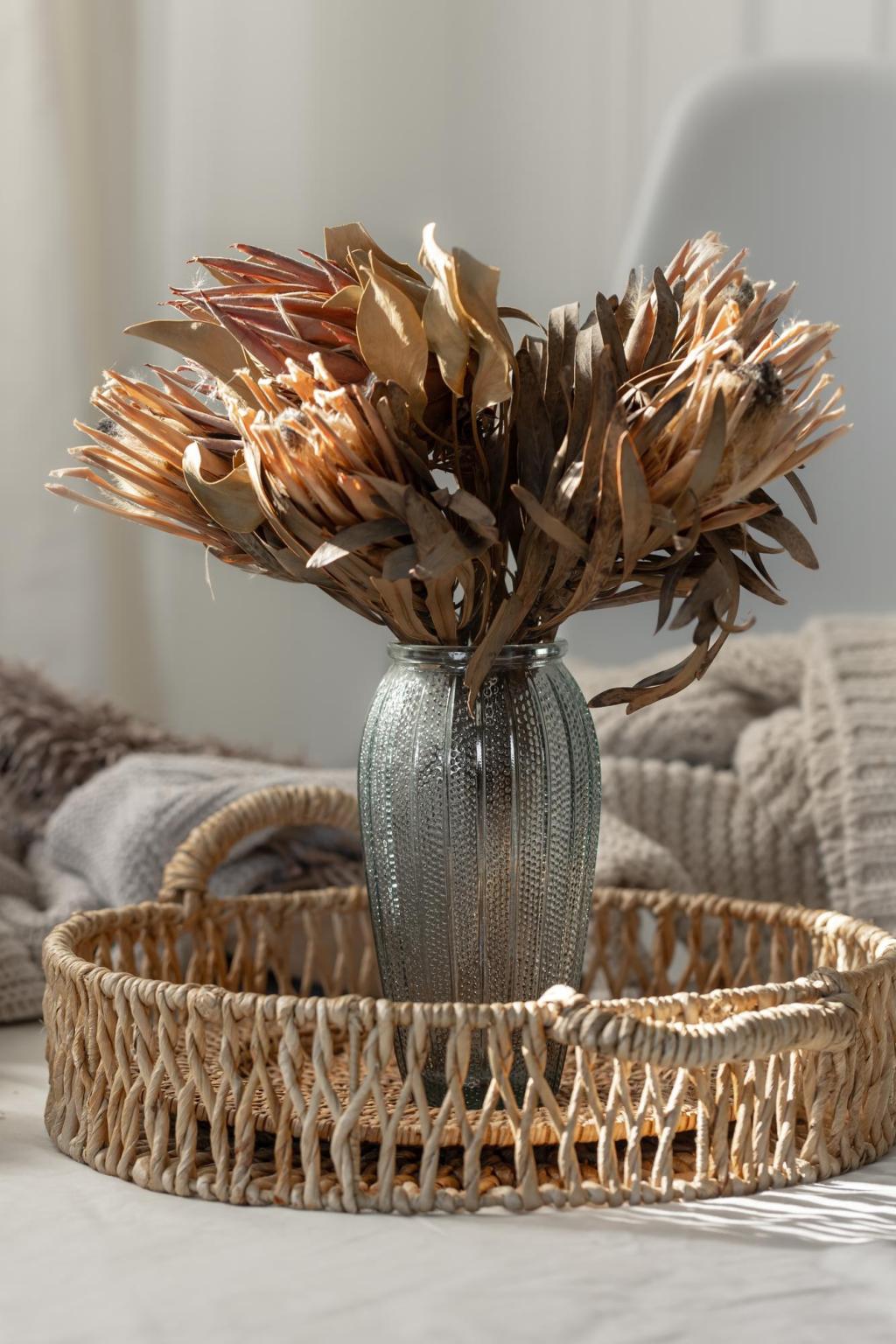The Essence of Recycled Glass
Recycled glass begins as cullet—sorted, cleaned shards drawn from post-consumer bottles or industrial offcuts. Melted or bound into slabs and mosaics, it reenters interiors with traceable origin stories that connect materials to real communities and responsible habits.
The Essence of Recycled Glass
Glass catches daylight like a prism, scattering gentle highlights across walls and counters. Translucent tiles glow with backlighting, cobalt chips deepen cool palettes, and amber flecks warm wood tones, enriching rooms without adding visual weight or clutter.
The Essence of Recycled Glass
Using recycled content reduces landfill burden and can contribute to LEED v4 Materials and Resources credits when documented. Factor in transport distances and local fabrication to minimize emissions, and ask suppliers for environmental product declarations to compare options with confidence.







